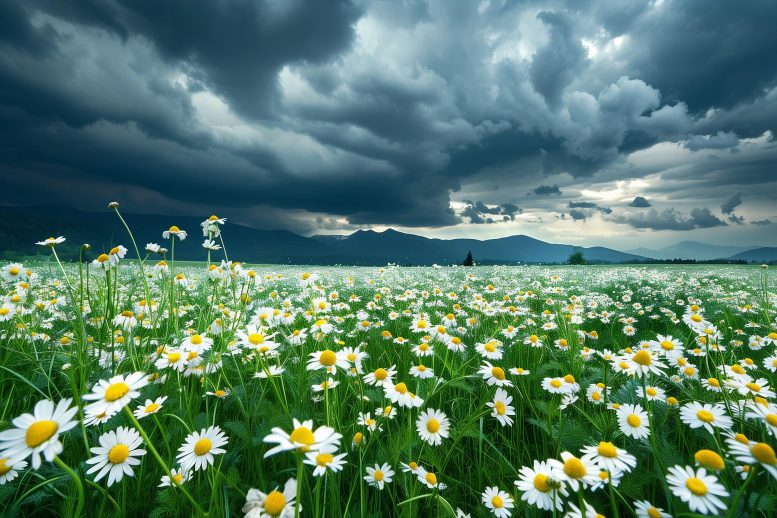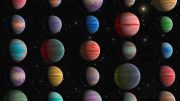
NOAA’s Global Systems Laboratory is pioneering a U.S. pollen forecast model that not only predicts pollen levels influenced by weather but also assesses pollen’s impact on weather. This model, part of the RAP-Chem system, aims to help allergy sufferers manage their conditions more effectively by providing advanced warnings and real-time data. Credit: SciTechDaily.com
NOAA is developing an innovative pollen forecast model to help the 80+ million Americans with seasonal allergies. This model predicts how weather affects pollen levels and vice versa, potentially easing allergy symptoms through better preparedness.
According to the U.S. Centers for Disease Control and Prevention (CDC), more than 80 million Americans suffer from seasonal allergies due to airborne pollen. The associated medical costs surpass $3 billion annually, with nearly half of these expenses attributable to prescription medications.
Pollen is an equal opportunity irritant, especially during spring, summer, and fall when wind-blown pollen from trees, grasses, and weeds can be at their highest levels. Accurate pollen forecasts could enable sufferers to reduce their exposure, similar to precautions taken on days with high ozone levels.
“With real-time predictions of pollen and where it is transported, people can adjust their outdoor activities, medications and take precautions to ensure their well-being.”
— Jordan Schnell, CIRES scientist working at NOAA’s Global Systems Laboratory
The Pollen-Weather Connection
For the past two years, researchers from NOAA’s Global Systems Laboratory (GSL) have been developing the first pollen forecast of its kind in the U.S. The forecast can predict both the impact of weather on pollen concentrations, and how pollen loads will influence the weather.
The experimental model has been generating pollen forecasts since the summer of 2022, and performs similarly to commercial pollen forecasts.
“Pollen and its associated allergies are important components to people’s everyday lives,” said researcher Jordan Schnell, a CIRES scientist working at GSL. “With real-time predictions of pollen and where it is transported, people can adjust their outdoor activities, medications and take precautions to ensure their well-being.”
RAP-Chem: A Weather Model That Predicts Air Quality
The pollen forecast is a module in the experimental Rapid-Refresh Chemistry (RAP-Chem) weather and atmospheric chemistry prediction system. RAP-Chem is a next-generation coupled weather and air quality forecasting system that simulates gas-phase and aerosol chemistry and transport. Once each day, the model produces a 48-hour forecast for ozone, smoke, dust, and other air quality and atmospheric chemistry-related parameters — including pollen.
Spring Is in the Air — and in Your Eyes
RAP-Chem simulates weather’s influence on pollen concentrations, like the daily swings in pollen emissions and airborne abundance. Pollen is emitted during the day, primarily driven by the model’s simulated winds. At night, emissions stop and pollen concentrations drop as the particles deposit to the ground.
Rain also tends to cleanse the air and reduce pollen counts, although cold downdrafts created by thunderstorms can concentrate pollen particles, making itchy eyes or asthma worse. Humidity, and even lightning can break up pollen particles into smaller fragments, making them easier to inhale and modifying their ability to influence weather.
Unlike other models, RAP-Chem also accounts for the influence pollen, dust and smoke can have on weather. Pollen grains, like other suspended particles, can scatter sunlight, serve as seeds to form clouds, and affect temperature, visibility, and precipitation.
Connecting the Dots
NOAA researchers are now working with public health stakeholders like the CDC to see if there’s a correlation between past RAP-Chem high pollen forecasts and patients seeking allergy relief. That will help validate the forecast model, a necessary step on the path to becoming an official forecast product.
To learn how to generate a RAP-Chem pollen forecast, visit the Global Systems Laboratory page.









Be the first to comment on "New NOAA Research Reveals the Surprising Impact of Pollen on Weather"